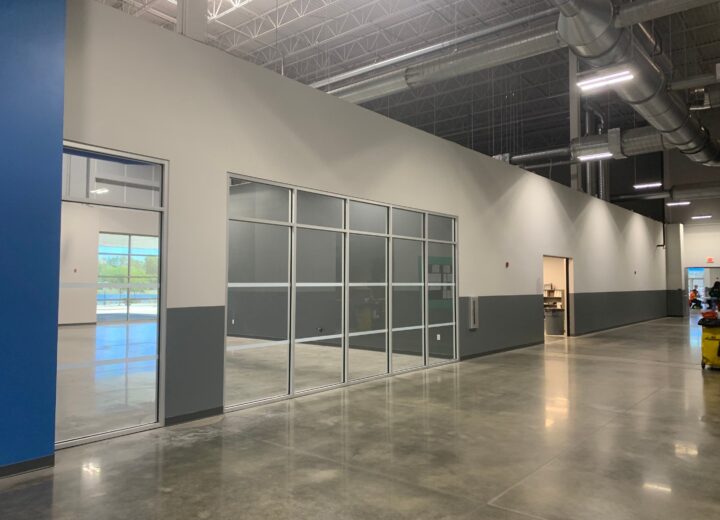
There are many advances happening around the world when it comes to environmentally friendly products, and the painting industry is no exception. If we are to help slow down the deterioration of our planet, we need to do all that we can to reduce the harmful emissions around us. Being that paints and coatings are near the top of the list of emission offenders, it is imperative that this industry does its part in helping with this change.
Paint and coating manufacturers have accepted the challenge and we now have some excellent options for eco-friendly coatings. This means that the environments that we interact in each day can be healthier for all involved.
When working within an industrial structure, there may be many different elements that are being processed that can harm our health. By applying eco-friendly paints within and around those structures, it can and will reduce the health risk for all who enter or work near the building or substrate.
Eco-Friendly Paints
For the use in industrial areas, the need for paints that are long-lasting and strong is high on the list of priorities. When looking for an eco-friendly paint, you need to pay attention to the VOC (volatile organic compounds) rating. The lower the VOC rating, the better it is for the environment.
If you are looking to produce an eco-friendly or ‘green’ building, then any of the following paints can be used, which include:
- Acrylics
- Alkyds
- Epoxy
- Latex
- Polyurethane
- Saturated Polyesters
- Synthetic Polymer-based products
- Thermoplastic Polymer
- Thermoset Polymer
The above paints are all under the classification of ‘organic’, which varies not only in the ways that they are composed, but also in the way that they are applied and cured. The four different categories are:
- High Solid Resins
- Water Based
- Ultraviolet Radiation Cured
- Powder
High solid resins have the highest ratings of VOC out of the four categories, but still score much lower than traditional coatings. Water based paint is low to no VOC, due to the large percentage of water that it contains, and is an excellent overall paint. As for UV radiation resistant coatings and powder coatings, each requires special needs to apply and or cure, but they both have low to no VOC ratings.
No matter what kind of industrial property type or project that you have, it is great to know if the surface that you are painting needs a particular requirement or protection. It can be rather easy to obtain this information. The make-up of paint is usually comprised of solvents, binders, pigments and additives.
The portions are listed in order from most substantial amount added (solvent) to the least amount that is added (additives). Of course in some cases there will be more pigment included than binders , with additives always being the smallest portion deposited into the mixture.
The additives help boost the paint to a higher level so it can do things such as protect against bacteria or mildew, show special effects, or to support as a surface modifier by getting the right amount into the paint.
Just note that some additives can raise the VOC level, so it is best to either research the needed additives yourself before ordering the paint or obtain the advice of an experienced person within the painting profession.
When using eco-friendly paint, it can mean a lot less downtime for your business, as you will be able to do the work without having to shut down. This can help save money.
The cost of eco-friendly paints can run a little higher, but with little to no downtime and it’s reduced risk of health issues, it more than makes up for any possible increased amount. If you are working toward having a ‘green’ building, then going with a low to no VOC paint is an excellent choice to make.
The painting industry is working at bringing the best paints and coatings that they possibly can to meet or surpass its highly rated Volatile Organic Compound predecessor of old.
In choosing the paint that is right for your industrial needs, you should get the advice of a pro which can help you to understand what is required for your structure or substrate.






